Let’s talk about food labels.
Have you ever picked up a product, looked at the food label and was left more confused?
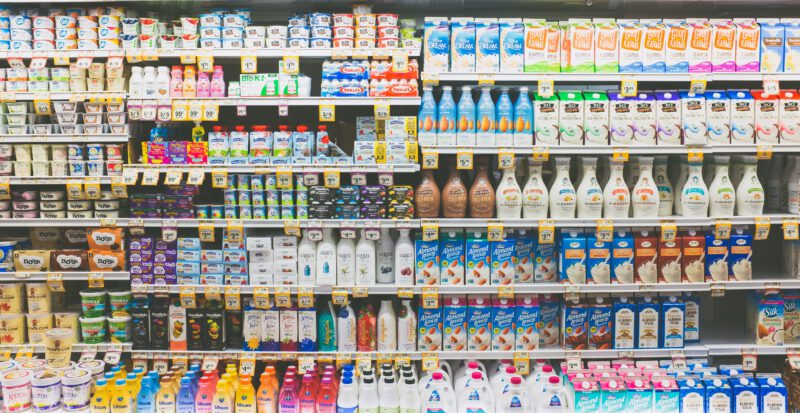
What’s with all the rows and columns of numbers? Serving sizes? Per 100g?
You’re not alone. I’ve been there, and I know how you feel! In order for us to make smart choices about our food and to know what we’re feeding our bodies with, we need to be savvy when it comes to reading nutrition labels!
Here are some tools to help you navigate, and decode food labels and nutrition information.
Ingredients List
The first thing that you can look at is the ingredients list. Instead of jumping straight to the calorie content, let’s see what is inside the product.
Quick scan: This will only take 10 seconds of your time.
- Top 3 Ingredients
The first 3 ingredients are important as the list is in order of its quantity, from the highest to the lowest. The first ingredient would mean that the majority of the product is that ingredient. This gives you a good idea of what you are actually consuming.
Nutrition Information Panel
- Servings per Package
This tells you how many servings you can get from the product.
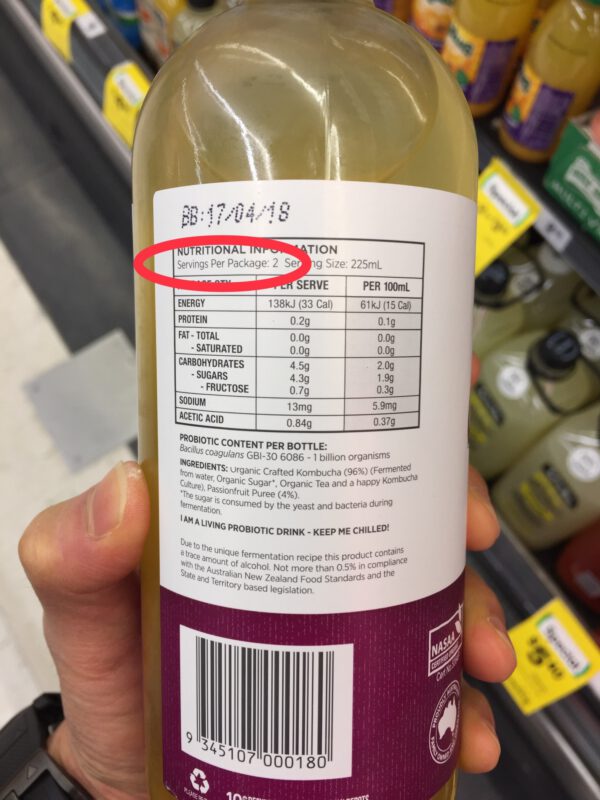
The product in the picture says 2 servings. So, if you drink the whole bottle, you will have to multiply the nutrition information section under “per serve” by 2.
It is important to know the servings per package because the nutrition information panel provides information PER SERVE and not the WHOLE product (unless the serving size is 1).
The biggest mistake that most people make is assuming one packet/bottle is ONE serve.
*Also note that serving sizes are determined by MANUFACTURERS. They are not regulated and not based on the standard serving sizes found in dietary guidelines*
- per 100g or 100ml
Use this if you want to compare between products. According to labelling guidelines, ideally you should look out for:
- < 15g of sugar per 100g
- > 3g of fibre per 100g
- < 400mg (good) per 100g of sodium or < 120mg (best) per 100g
Health Claims and Product Description
The food industry loves to use buzz words like “organic”, “superfood”, “gluten free”, “all natural”, “no added sugars” etc.
Here are some examples and what they mean:
- Reduced Fat
This claim means that the product has less fat than the original product of the SAME BRAND (at least 25% less fat to make this claim). One brand’s reduced fat does not mean that it is lower in fat than another brand’s regular fat product.
- Low Fat
The food (any brand) does not contain more than 3g of fat per 100g.
- All Natural
A product claiming to be “all natural” is very misleading as there are no regulations for making this claim. Whether or not a product is natural says absolutely nothing about its nutritional value or safety.
For example, coffee is natural. However, it can be fatal at high doses.
-
Organic
Organic refers to how a food is produced and production must comply with established guidelines depending on the country. In general, there are no synthetic chemicals used in organic food production.
Are organic products better for health?
- No Added Sugar/Natural Sugars/Sugar Free/Less Sugar
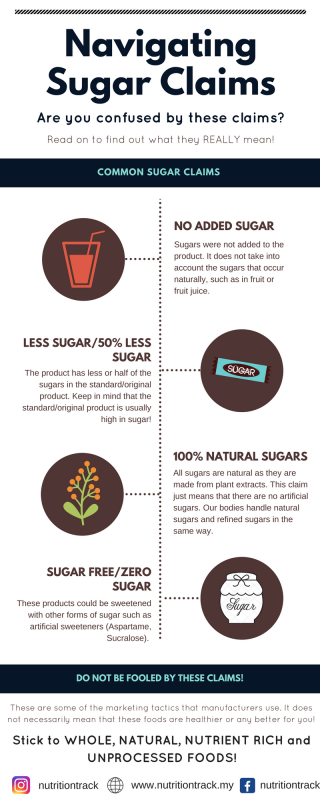
- Light/Lite
It is easy to associate light/lite with health. But this claim can mean that the product is low fat, low calorie or it may just mean that the product is light in TASTE, COLOUR or TEXTURE!
For example, light rye just means that the colour is lighter than dark rye.
- Baked Not Fried
Baked goods are typically better than fried as it can mean that less oil was used in the process. However, this does not mean that you can over consume the product.
- Gluten Free
MORE and MORE products are claiming that they are gluten free, even if the original product does not have gluten to begin with.
Are they healthier?
Unless you have coeliac disease or are intolerant towards gluten, the simple answer is NO! Sometimes, it can be the total opposite!
Gluten is a protein that is found in wheat and some grains like oat and rye. In cooking, it helps the dough to rise and contributes to its texture.
When you remove gluten, the food can become less palatable. As such, food manufacturers may add a lot of sugar and other additives to make up for it.
If you do not have any issues with gluten, you do not need to go for gluten free products and there are no health benefits in doing so.
-
Dairy Free
Just like gluten free products, dairy free products are for individuals who cannot tolerate dairy, either due to allergy or intolerance. There are no additional health benefits by cutting out dairy. You can read more about milk here.
Food claims and food labels are useful as they provide information to help us make informed choices.
However, one of the issues with this is that people tend to think that they can eat more of a product that is perceived as “healthier”. For example, one may opt for organic chips thinking that it is healthier and therefore they can eat more of it.
At the end of the day, FOCUS on what the food actually is.
To illustrate this, look at the 2 foods below. The banana is natural and the cookie is made with natural ingredients. However, one is a fruit and one is a cookie. If we are talking about health, which will you choose?
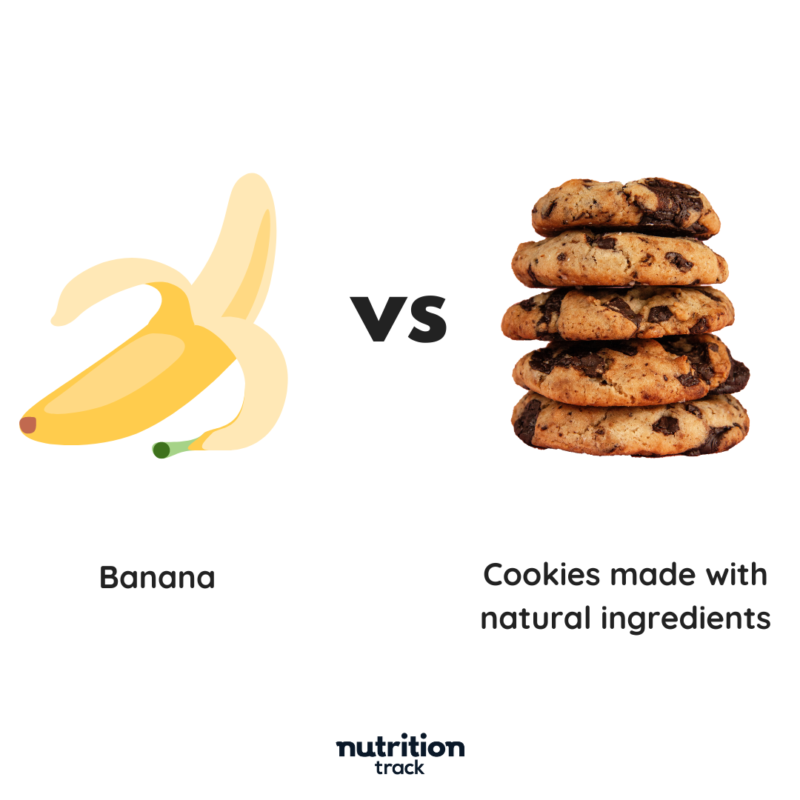
Disclaimer: I’m not saying that cookies are bad or that they are not good for you. ALL foods can be part of a healthy diet. But I hope you get the point!
In short, whichever product or food you choose to eat, consuming it in MODERATION still applies!
Therefore, regardless of the claim, you should not over consume any food.
I hope this was helpful! Let me know if you have any questions!



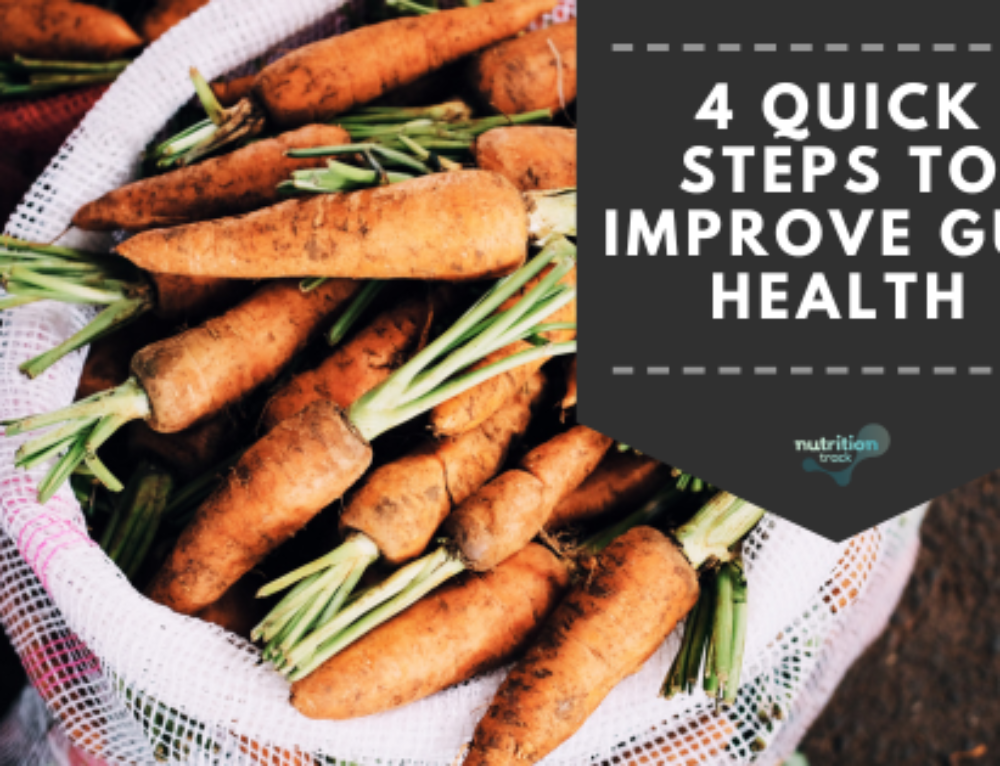

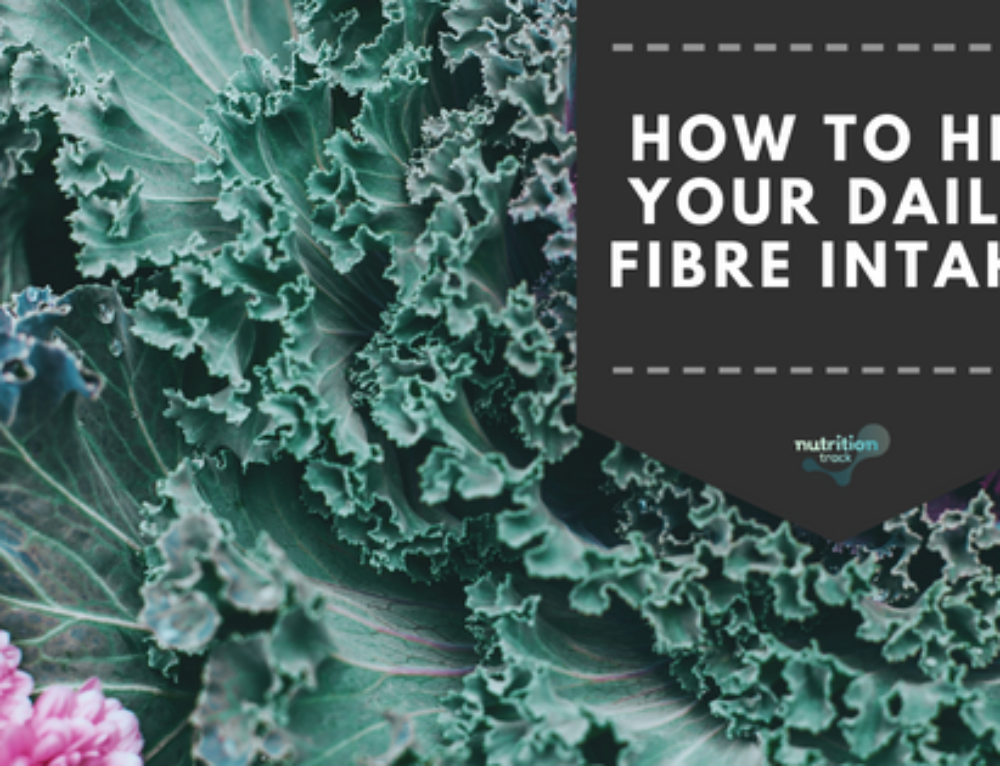
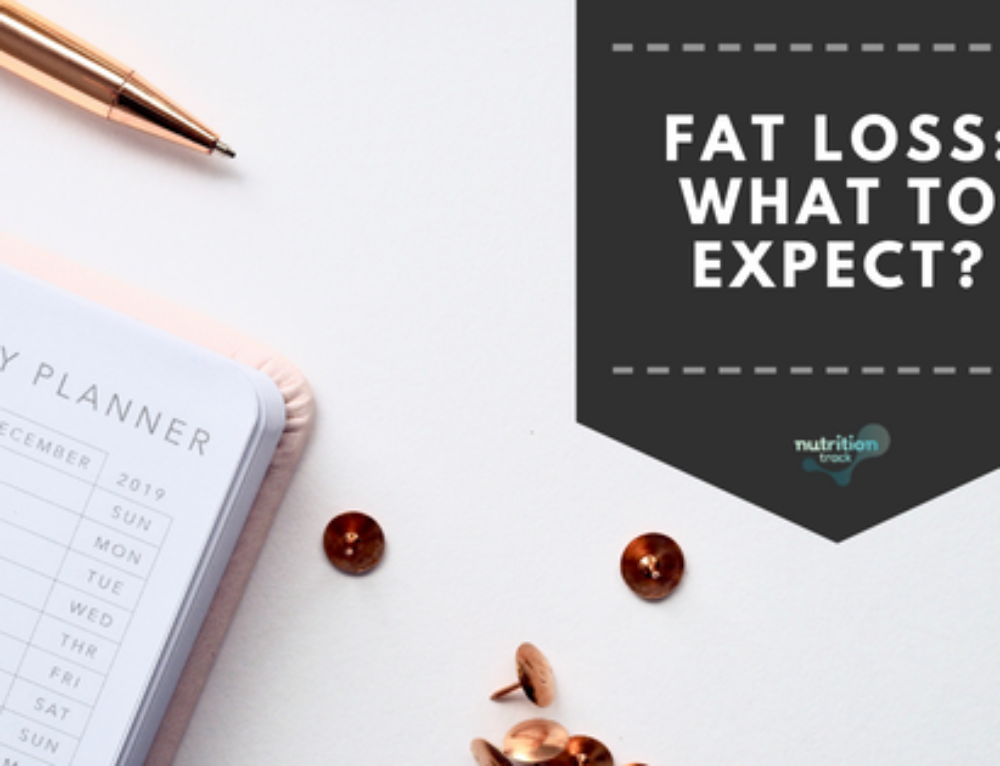
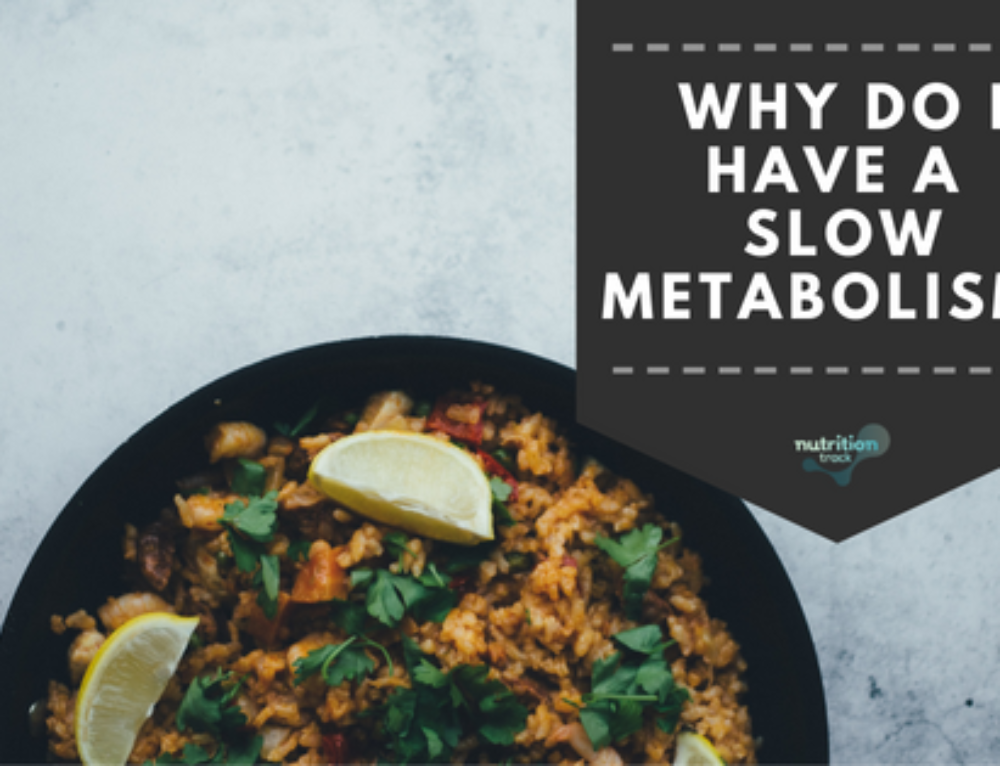
Leave A Comment